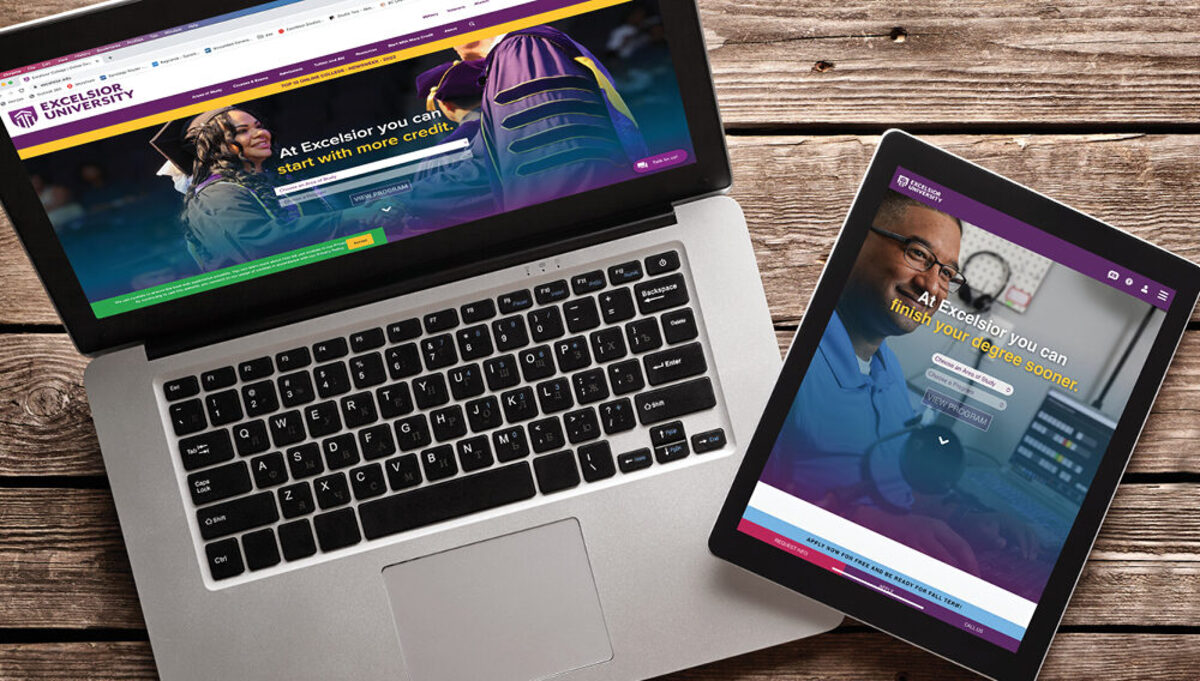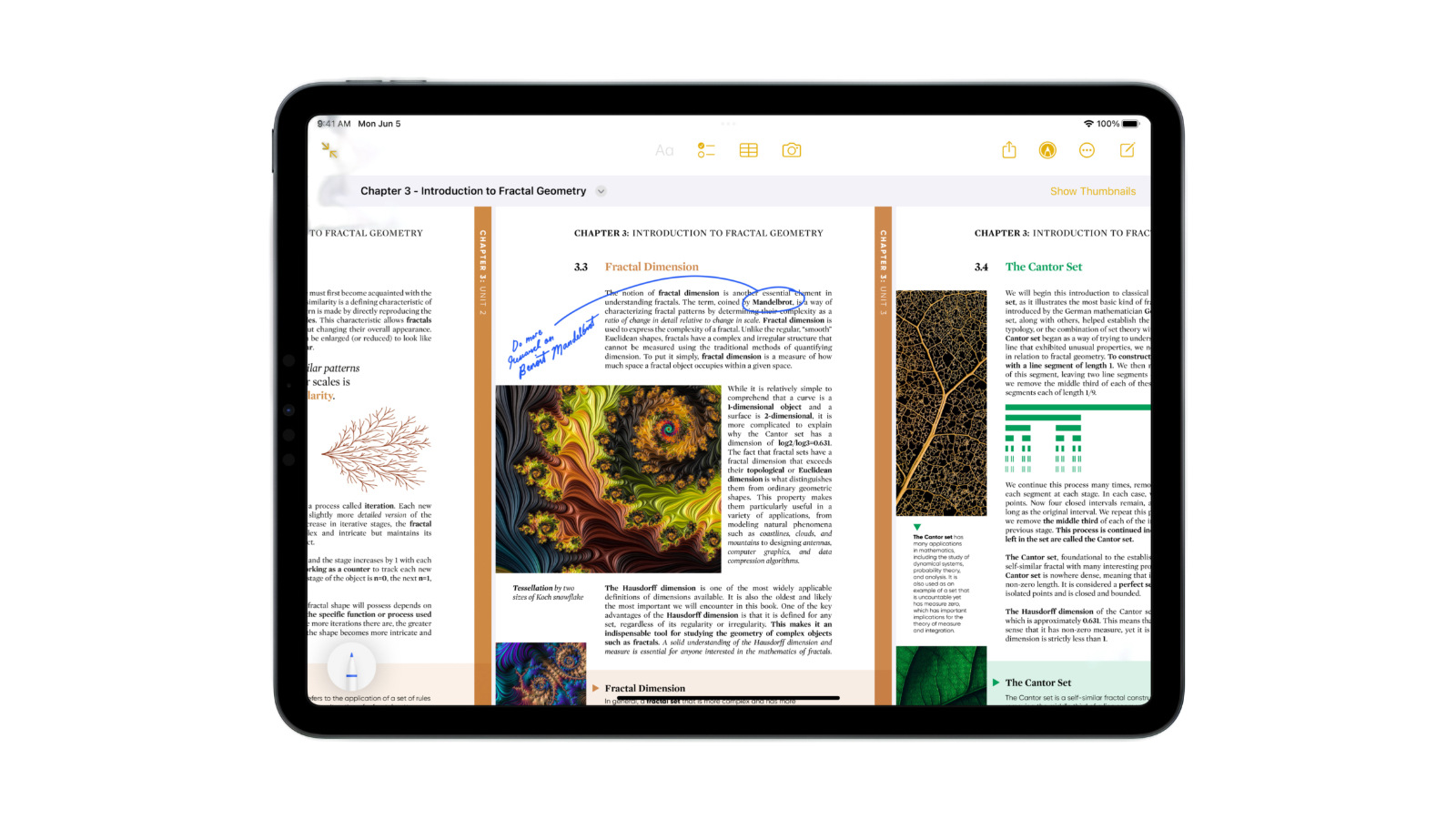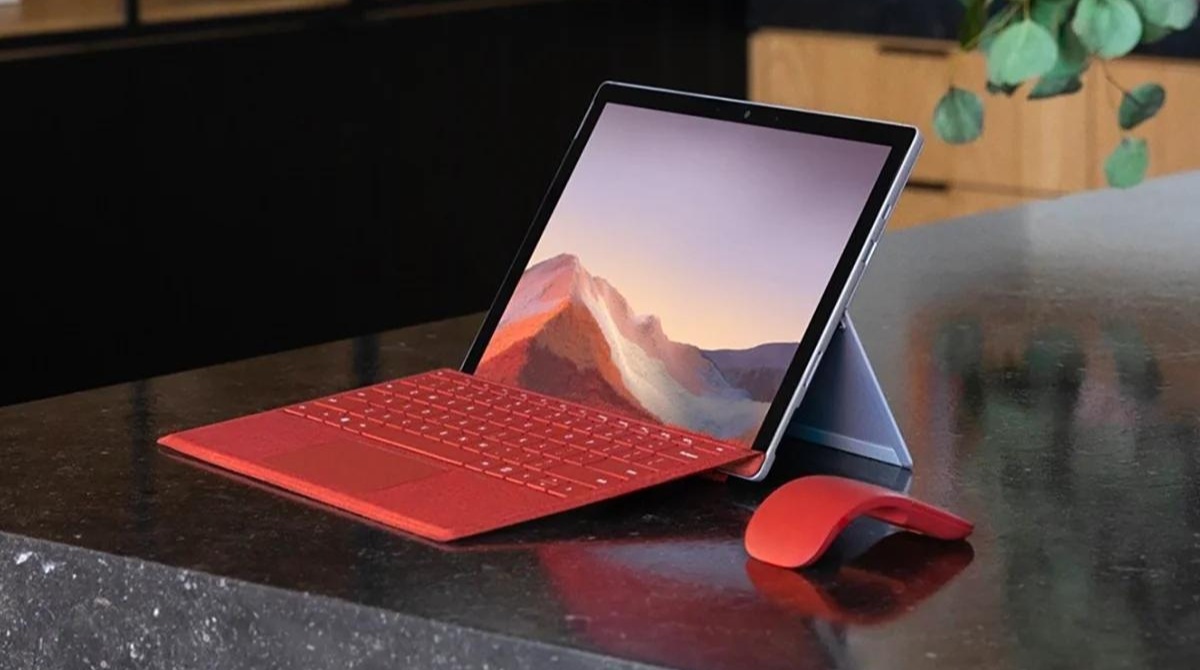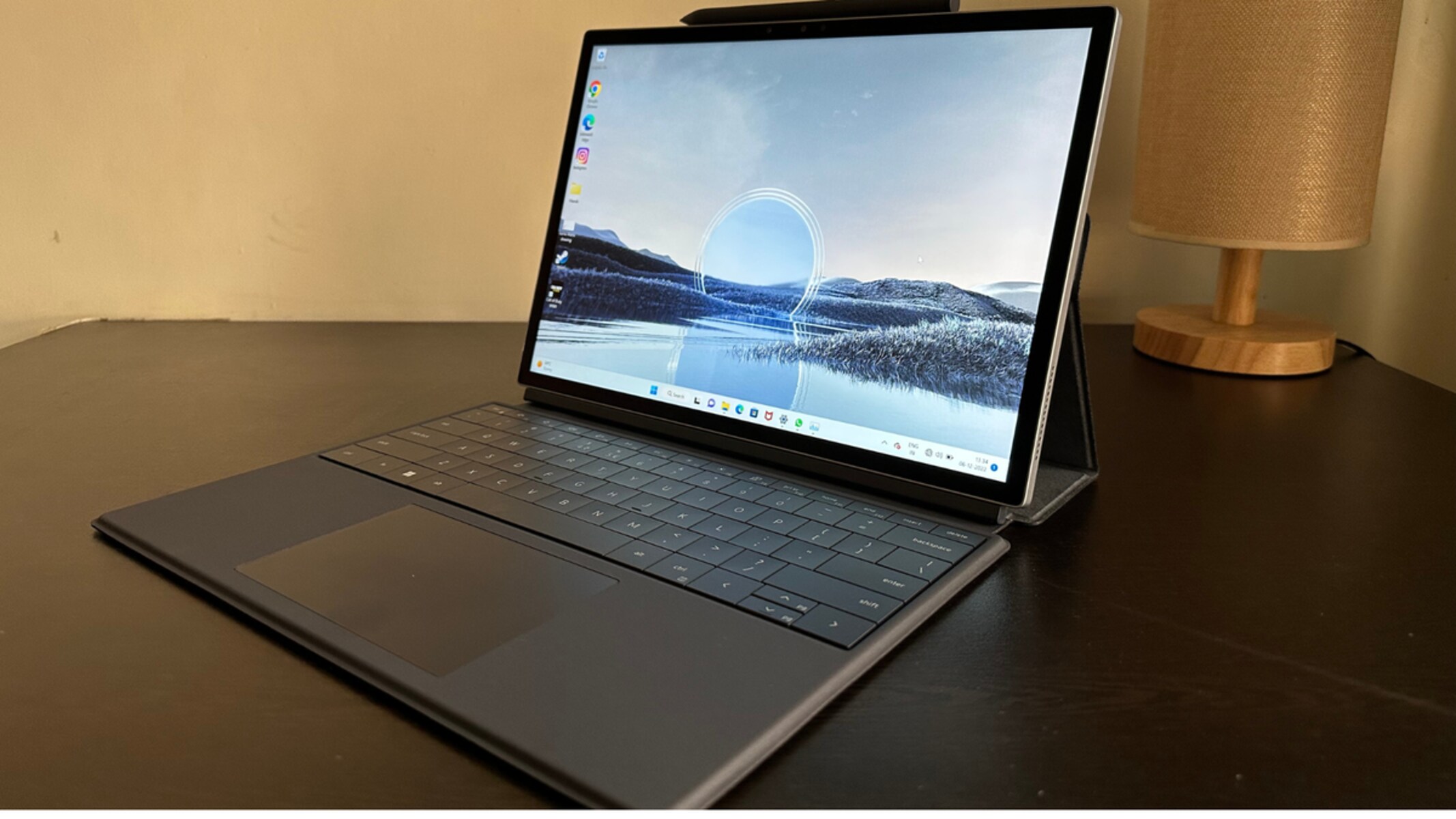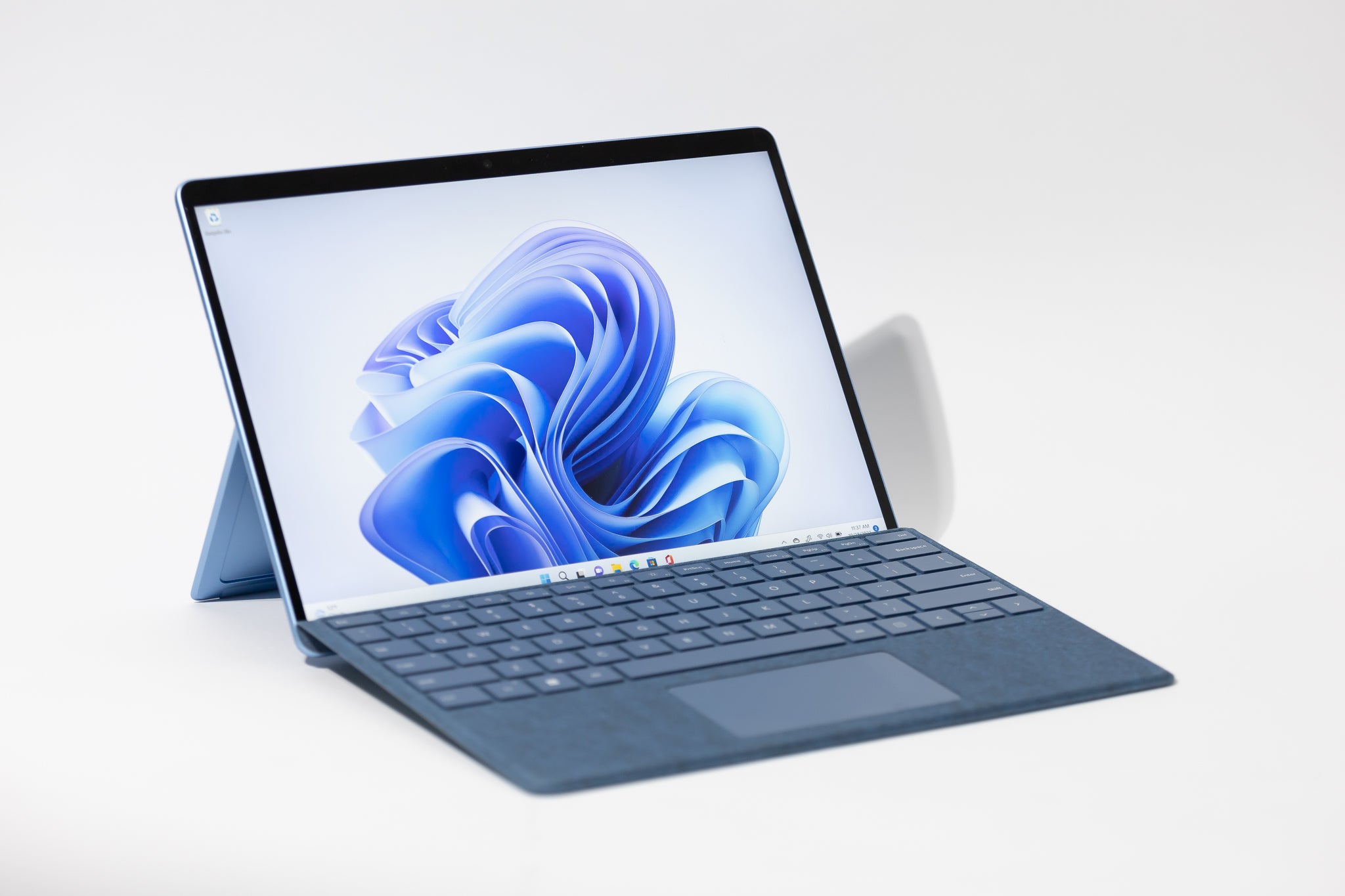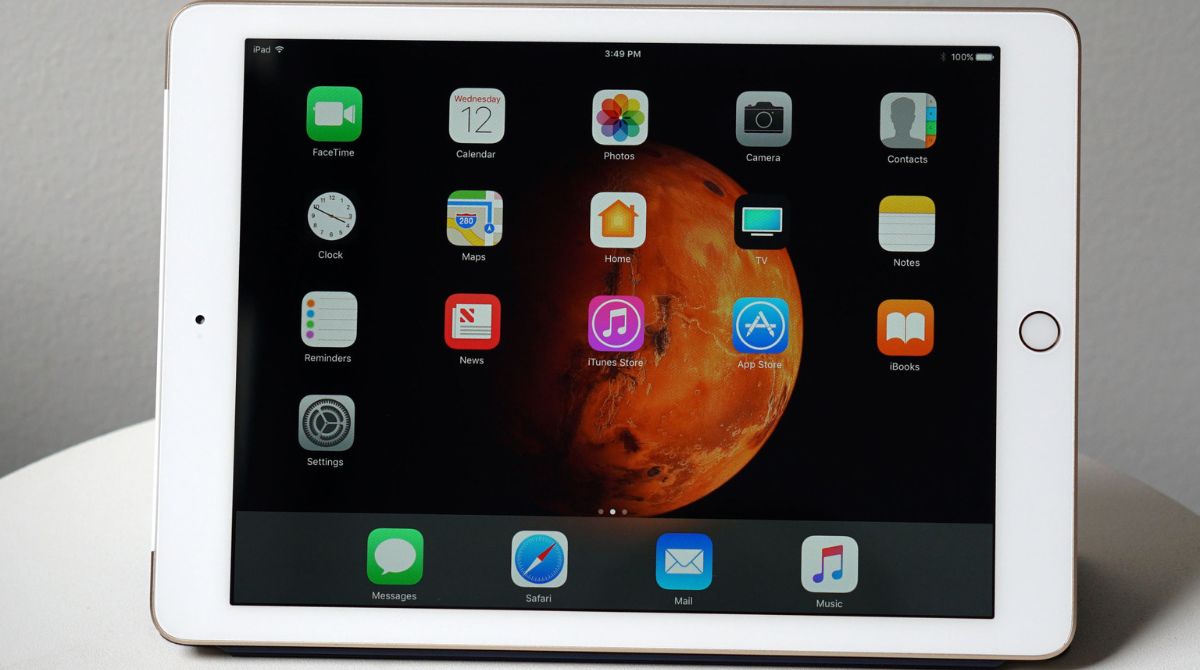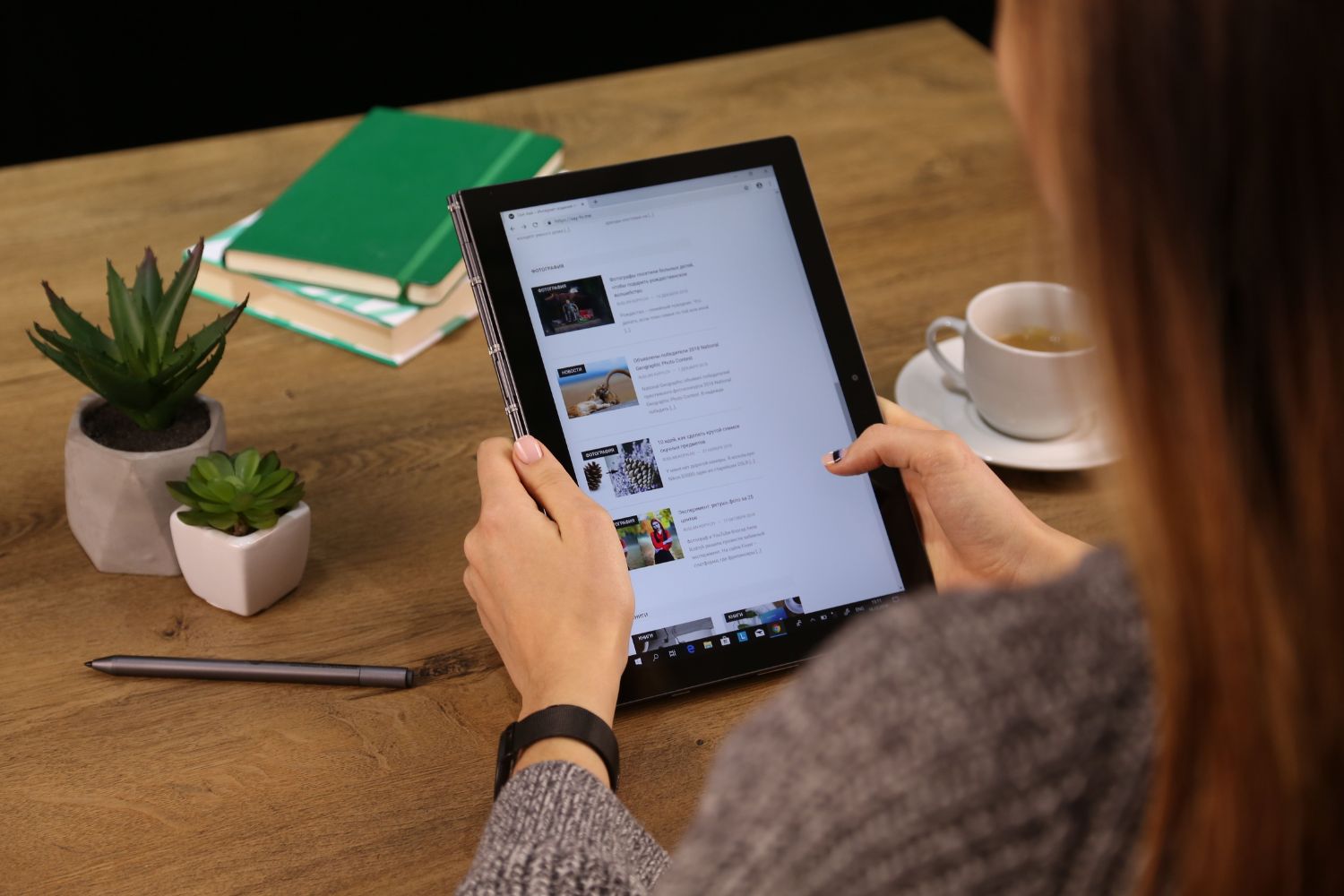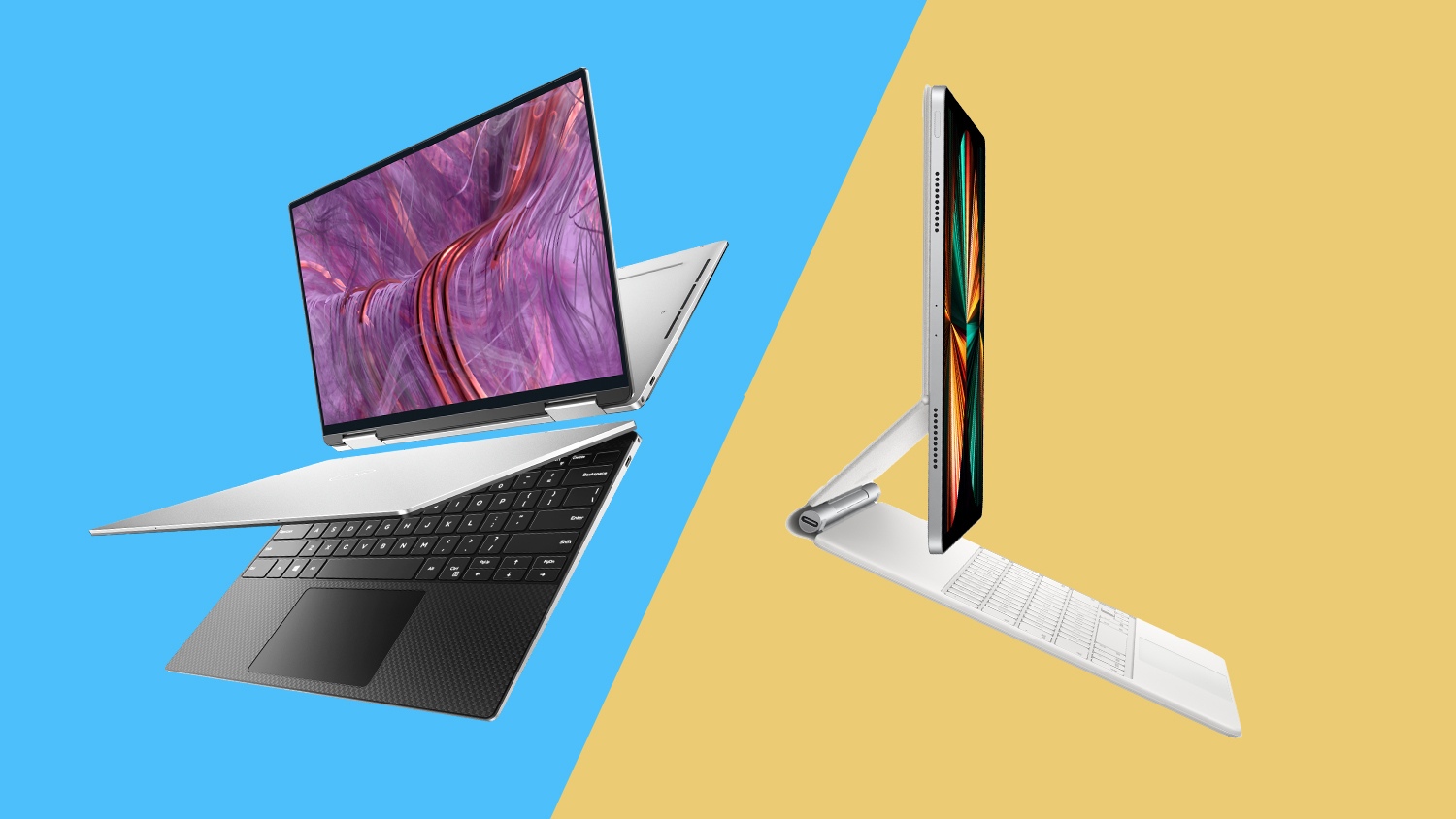Introduction
When it comes to choosing the right device for students, the debate between laptops and tablets has been a long-standing one. Both devices offer unique advantages and cater to different needs. Understanding the pros and cons of each can help students make an informed decision that aligns with their academic requirements and personal preferences.
Laptops have been a staple for students for many years, providing a powerful tool for research, writing papers, creating presentations, and multitasking. These devices offer a full-size keyboard, a larger screen, and a wide range of software applications. On the other hand, tablets have gained popularity due to their portability, touchscreen functionality, and extensive app availability.
In this article, we will delve into the main factors to consider when deciding between a laptop and a tablet for students. We will explore aspects such as portability, performance, screen size, battery life, storage, functionality, and price. By the end, you will have a clear understanding of which device is better suited for your academic needs.
Portability and Ease of Use
One of the key factors to consider when choosing between a laptop and a tablet for students is portability. Tablets are significantly lighter and more compact than laptops, making them easier to carry around in a backpack or tote bag. This makes tablets a popular choice for students who are constantly on the go and need a device that is lightweight and convenient to transport between classes or study sessions.
In addition to their smaller size, tablets offer a more streamlined and intuitive user interface. With their touchscreen functionality, tablets provide a more natural and tactile interaction, allowing students to easily navigate through apps, websites, and documents with simple gestures. This can be particularly beneficial for younger students or those who are less tech-savvy.
However, laptops have their own advantages when it comes to ease of use. With a physical keyboard and a larger screen, laptops offer a more comfortable typing and viewing experience, especially for tasks that require significant amounts of text input or extensive multitasking. Laptops also provide a more familiar computing experience, as they tend to run on full operating systems such as Windows or macOS.
Ultimately, the choice between a laptop and a tablet for portability and ease of use depends on the specific needs and preferences of the student. If portability and convenience are the top priorities, then a tablet may be the better option. However, if typing comfort and a more traditional computing experience are essential, then a laptop would be the more suitable choice.
Performance and Productivity
When it comes to performance and productivity, laptops have a clear advantage over tablets. Laptops are equipped with more powerful processors, larger amounts of RAM, and greater storage capacity. These specifications allow laptops to handle more demanding tasks and run resource-intensive software smoothly, making them ideal for tasks such as coding, video editing, or running complex simulations.
Moreover, the larger screen size of laptops provides a more immersive and conducive environment for productivity. Students can easily open multiple windows and applications side by side, making it easier to reference information, take notes, and work on assignments simultaneously. The presence of a physical keyboard on laptops is also beneficial for typing-intensive tasks and long writing sessions.
While tablets may not match the same level of performance as laptops, they do offer advantages in terms of quick startup times and instant access to applications. Tablets are designed for efficiency and convenience, making them suitable for tasks such as note-taking, reading e-books, and browsing the web. Additionally, the availability of a wide range of educational apps specifically designed for tablets can enhance students’ learning experience.
However, it’s important to note that some tablet models do offer performance capabilities comparable to entry-level laptops. These tablets, often referred to as “2-in-1” or “convertible” devices, feature detachable keyboards and touchscreen functionality. They provide the flexibility of using the device as a tablet for casual use and as a laptop for more demanding tasks, bridging the gap between the two form factors.
In summary, if performance and productivity are paramount, laptops are the better choice due to their superior processing power, larger memory, and extensive software compatibility. Tablets, while not as powerful, offer portability, instant access to apps, and a more streamlined user experience for lighter tasks and convenience-oriented usage.
Screen Size and Display
The screen size and display quality play a crucial role in determining the overall user experience and suitability for specific tasks. Laptops typically offer larger screens, usually ranging from 13 to 17 inches diagonally, providing a more immersive visual experience and ample space for multitasking. The larger screen size is especially beneficial for tasks like video editing, graphic design, or working with complex spreadsheets.
Additionally, laptops often feature higher resolutions, such as Full HD (1920 x 1080) or even 4K Ultra HD (3840 x 2160) options, which result in sharper and more detailed visuals. This makes laptops an excellent choice for multimedia consumption and content creation, as well as for users who require precise visual details in their work.
On the other hand, tablets are more compact and come in a range of screen sizes typically between 7 and 12 inches diagonally. While smaller in size, tablets provide excellent portability and are ideal for tasks where a smaller display is sufficient, such as reading e-books, browsing the internet, or taking quick notes. Tablets also tend to have touch-sensitive displays, allowing for more interactive and intuitive navigation.
Furthermore, tablets often employ advanced display technologies, such as OLED or AMOLED, which deliver vibrant colors, deep blacks, and wider viewing angles. These features make tablets particularly appealing for media consumption, including streaming videos, playing games, or viewing photos.
It’s important to consider the intended use case when determining the preferred screen size and display. Students who require a larger working area, precise visuals, and robust performance may lean towards laptops. Conversely, those seeking portability, touch functionality, and immersive media experiences may find tablets to be a better fit.
Ultimately, the choice between laptops and tablets in terms of screen size and display comes down to personal preference and the specific needs of the student. It is recommended to consider the types of tasks they will be performing and select the device that offers the most suitable screen size and display quality for their requirements.
Battery Life
Battery life is a crucial consideration when choosing between a laptop and a tablet, especially for students who need a device that can last throughout the day without frequent charging. Laptops generally have larger battery capacities due to their larger form factor, allowing for longer usage times without needing to be plugged in.
Typically, laptops provide an average battery life of 5 to 10 hours, depending on the model and usage. This is suitable for a full day of classes or study sessions, ensuring that students can work on assignments, take notes, and conduct research without constantly worrying about finding an available power outlet. However, it’s important to note that more powerful laptops, especially those used for high-performance tasks, may have shorter battery life due to the energy requirements of their components.
On the other hand, tablets are renowned for their exceptional battery efficiency. Most tablets can easily provide an average battery life of 8 to 12 hours, and some higher-end models can even surpass 15 hours on a single charge. This extended battery life allows students to use their tablets throughout the day without the need for frequent charging breaks.
The longevity of a device’s battery life is influenced by factors such as screen brightness, the intensity of the tasks being performed, and the use of power-saving settings. It’s worth noting that some tablets offer power-saving modes or features to further extend the battery life, making them an excellent option for students who are constantly on the move or have limited access to power outlets.
Choosing between a laptop and a tablet based on battery life ultimately depends on the student’s usage patterns and their need for long-lasting battery performance. If prolonged battery life is a top priority, tablets are the preferred choice. However, if a student requires a more powerful device that can handle resource-intensive tasks and still provide decent battery life, a laptop may be a better option.
Storage and Expandability
Storage capacity and expandability are vital considerations for students as they need ample space to store their files, documents, and multimedia content. Laptops typically offer larger internal storage options, ranging from 256GB to 1TB or more, allowing students to store a significant amount of data directly on the device. This is beneficial for those who work with large files, such as video projects or complex software applications.
Laptops also offer the advantage of expandability through additional storage options. Many laptops come with easily accessible hard drive or SSD (Solid State Drive) bays, enabling users to upgrade their storage capacity as needed. This gives students the flexibility to expand their storage as their needs grow over time without having to rely solely on external storage solutions.
In contrast, tablets typically offer more limited internal storage capacities, usually ranging from 32GB to 256GB. However, tablets compensate for this limitation through cloud storage services such as Google Drive or iCloud, allowing students to store their files online and access them from any device. This cloud-based storage ensures that important documents are always available, even if the tablet’s internal storage capacity is nearing its limit.
Moreover, tablets usually lack expandable storage options. Most tablets do not have a physical slot for memory cards or the ability to replace the internal storage. As a result, users must rely on external storage solutions, such as USB drives or cloud storage, to expand their storage capacity.
The choice between a laptop and a tablet in terms of storage and expandability depends on the student’s needs. If the student requires large internal storage capacity and the ability to expand it in the future, a laptop would be the recommended choice. However, if the student is comfortable utilizing cloud storage and external storage devices for their files and values the compact nature of a tablet, then a tablet may suffice.
Functionality and Usage
Functionality and usage are important factors to consider when deciding between a laptop and a tablet for students. Laptops are known for their versatility and wide range of capabilities. They offer a full operating system, such as Windows or macOS, which allows users to run a multitude of software applications, from word processors and spreadsheets to design tools and programming environments. Laptops are well-suited for tasks that require heavy multitasking, complex software, and advanced functionality.
Laptops also offer hardware features that cater to various needs. They typically come with USB ports, HDMI ports, and SD card slots, providing convenience and flexibility for connecting external devices and peripherals. Additionally, most laptops are equipped with built-in webcams and microphones, making them suitable for attending online classes, video conferences, or participating in virtual meetings.
On the other hand, tablets excel in specific areas of functionality and are designed with simplicity and user-friendly interfaces in mind. Tablets offer a vast selection of applications tailored for education, ranging from interactive textbooks and educational games to productivity tools and language learning apps. They are particularly well-suited for content consumption, web browsing, and casual tasks such as note-taking or annotating digital documents.
Tablets often boast features like touchscreens and stylus support, allowing students to write and draw directly on the screen. This can be beneficial for taking handwritten notes, solving math problems, or creating artistic works. Tablets also tend to have longer battery life, making them a convenient choice for students who need a device that can last through a full day of classes.
Consider the specific requirements and use cases when deciding between a laptop and a tablet for functionality and usage. If a wide range of software applications, advanced functionality, and extensive peripheral connectivity are essential, then a laptop would be the preferred choice. However, if the focus is on simplicity, ease of use, content consumption, and specialized educational apps, then a tablet may provide a more suitable experience.
Price and Affordability
Price and affordability are crucial factors to consider when choosing between a laptop and a tablet for students. Laptops tend to have a wider range of pricing options, allowing students to find a device that fits their budget. Entry-level laptops can be more affordable, offering basic functionality and suitable performance for everyday tasks such as web browsing, word processing, and multimedia consumption.
However, as laptops offer more advanced features, higher performance capabilities, and larger storage capacities, their prices can increase substantially. Gaming laptops, ultrabooks, and high-end models with premium specifications tend to be more expensive. This is important for students who require specific hardware or software for their academic pursuits, such as engineering or graphic design.
On the other hand, tablets are generally more affordable than laptops, particularly at the entry-level. Basic tablets provide excellent value for money, offering sufficient performance, versatility, and access to educational applications at a lower price point. Tablets also come in various price ranges, with higher-end models featuring more storage, better display quality, and additional features at a higher cost.
It’s important to note that while tablets may have a lower upfront cost, the total cost of ownership can be influenced by factors such as accessories, app purchases, or additional storage requirements. Laptops also offer more flexibility when it comes to upgrading or repairing individual components, which can extend their lifespan and, in turn, increase their value for money in the long run.
Ultimately, the choice between a laptop and a tablet for students’ affordability depends on their budget, the desired features, and the specific academic requirements. It is recommended for students to compare the pricing options of both laptops and tablets, assessing their individual needs and priorities to make an informed decision.
Conclusion
Choosing between a laptop and a tablet for students ultimately comes down to their specific needs, preferences, and budget. Both devices offer unique advantages and cater to different use cases. To make an informed decision, students should consider factors such as portability, performance, screen size, battery life, storage, functionality, and price.
Laptops are a great choice for students who require powerful performance, a larger screen, extensive software compatibility, and the ability to handle multitasking and resource-intensive tasks. They offer a more traditional computing experience, with a physical keyboard and a wide range of connectivity options. Laptops are ideal for students pursuing majors that involve complex programming, graphic design, video editing, or other demanding software applications.
On the other hand, tablets are highly portable, lightweight, and user-friendly devices. They are ideal for on-the-go students who prioritize convenience, touch-based interaction, and a longer battery life. Tablets are particularly suitable for tasks such as content consumption, note-taking, web browsing, and using educational apps. They also provide a more immersive media experience and can be a cost-effective choice, especially at the entry-level price point.
It’s important for students to assess their specific needs, academic requirements, and personal preferences to make the best choice between a laptop and a tablet. Some students may even find the middle ground with a 2-in-1 device, combining the productivity and power of a laptop with the portability and versatility of a tablet.
Ultimately, the optimal device for students will depend on their individual circumstances. By carefully considering the factors discussed in this article, students can make an educated decision to ensure that they have the right tool to support their academic success.







